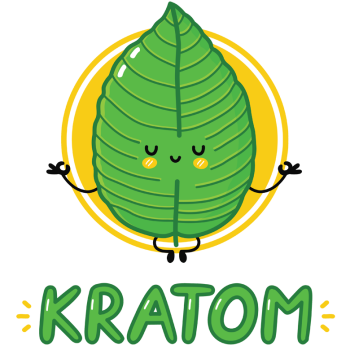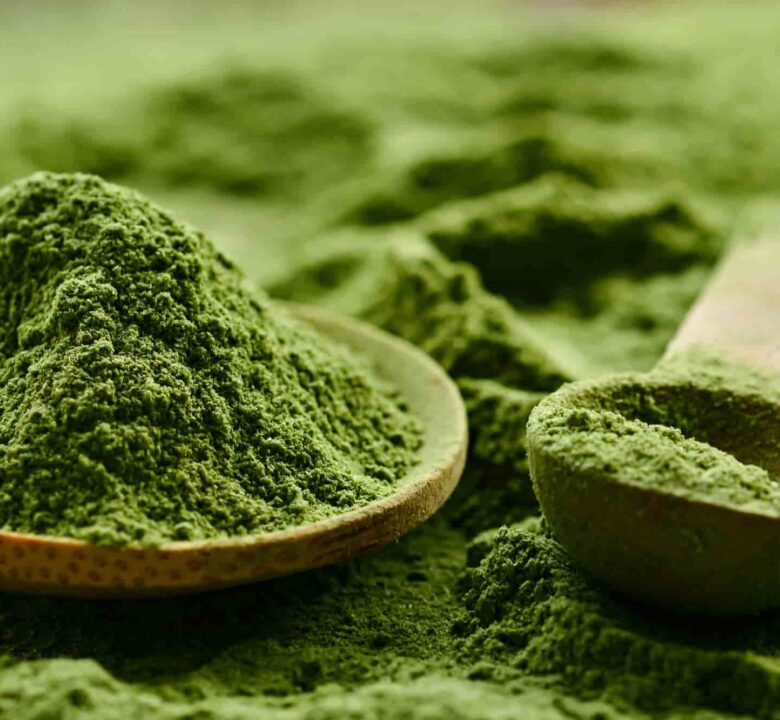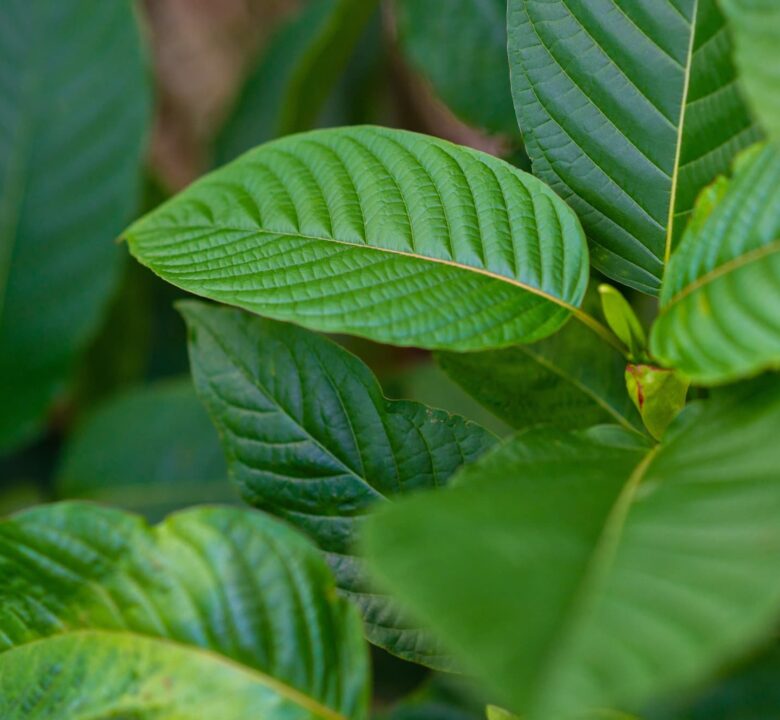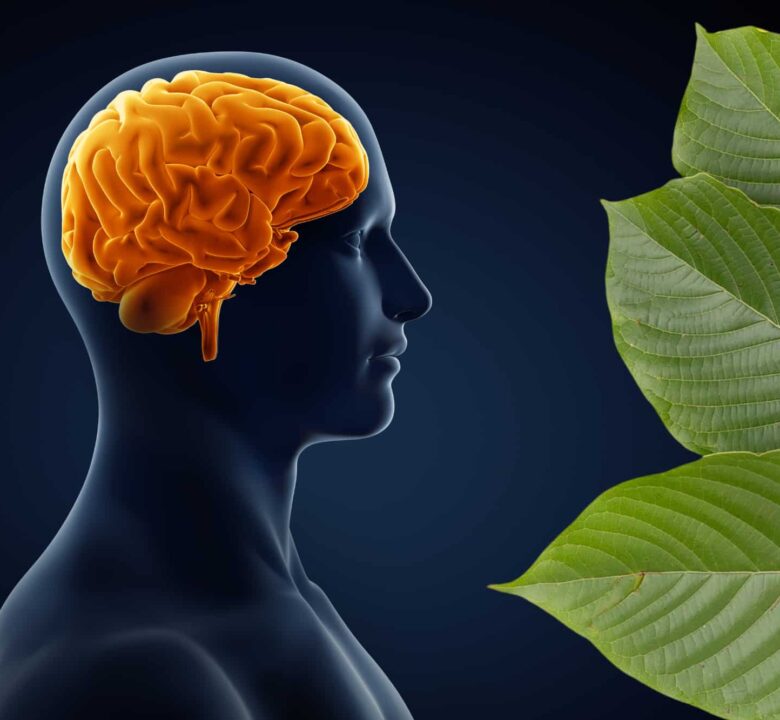Kratom is not a miracle drug or universal health tonic. While serious addiction is unlikely, a certain amount of physical tolerance is expected with kratom. There is also evidence that kratom can damage your liver or kidneys, especially with heavy, long-term use. Kratom is a very dose-dependent substance with divergent effects. Take too much, for example; the energy boost you were expecting can instead turn into some couch-ridden severe downtime.

Who We Are
The Kratom Research Institute is a mixed group of kratom consumers, health experts, and industry professionals who are tired of not being able to find the real truth about kratom.
We’re tired of the FDA and DEA claiming that kratom is a huge and immediate threat to the public welfare without any evidence to back their claims.
We’re tired of kratom companies perpetuating myths about what makes for the best quality kratom.
We’re tired of trying to parse out the truth from manufacturers who, due to FDA regulations, are severely restricted in what they can and can’t say about kratom.
We’re tired of industry advocates touting the same vacuous claims about kratom’s potential for natural wellness and overall well-being.
We’re tired of asking basic questions about kratom and finding multiple sources in direct contradiction. We’re tired of wading through all this crap to try to find a morsel of truth about how kratom works and its potential benefits and risks.
Education
Our success stories
New Source of Information about Kratom
There are a few organizations out there attempting to illuminate the truth about kratom. We salute the American Kratom Association for its public outreach and investment in scientific studies about kratom. In particular, the following presentation sparked our interest in the future of kratom science and the likelihood that kratom is not nearly as dangerous as the headlines make it out to be.
Still, the American Kratom Association is funded by kratom companies and ultimately serves the goals of the kratom industry. On their site, you’ll find accreditations and certification programs designed to boost consumer confidence in select companies. You’ll find policy briefs and public pressure campaigns designed to solidify kratom’s legal and regulatory status. You’ll find industry news and exposés about bad-faith actors.
This work is important, but it’s not always the truth that kratom consumers need to know the most. We take our ethical responsibility to kratom consumers very seriously. We want to do more than simply regurgitate the same short paragraph about kratom being a tree from Southeast Asia that’s been used for hundreds of years.
We want to help consumers cut straight to the real truth about kratom’s botanical nature, pharmacological effects on the mind and body, personal testimonials, and the overall wisdom of regular kratom use for various individuals and their health goals.

What’s at Stake?
From the hundreds of testimonials from veterans, first responders, and others about how kratom has saved their lives to the isolated cases claiming that kratom was responsible for the wrongful death of a loved one, kratom is truly a life and death matter.
How does kratom save lives? One way is to relieve pain and give people the power to complete the basic activities of daily living. Mitigating the need to use highly dangerous opioids is another way. The opioid epidemic is a real and ongoing public health crisis. Kratom can also help people kick their opiate or alcohol addiction before their lives are irrevocably destroyed.
At the same time, there is emerging evidence that while kratom itself has little risk or potential for abuse, it doesn’t play well with other active ingredients. Knowing how to use kratom responsibly is critical to ensure it’s a net positive for your health and quality of life. The Kratom Research Institute wants to make sure every kratom user has this knowledge.
What is Kratom and What Are its Benefits
Kratom, scientifically known as Mitragyna speciosa, is a tropical tree native to Southeast Asia, particularly in countries like Thailand, Indonesia, Malaysia, and Papua New Guinea. (1) Indigenous communities have traditionally used its leaves for various medicinal and recreational purposes for centuries. (1)
Kratom leaves contain numerous active compounds, with mitragynine and 7-hydroxy mitragynine being the most abundant and pharmacologically significant. These alkaloids interact with opioid receptors in the brain, producing effects similar to opioids, such as pain relief, relaxation, and euphoria. However, unlike opioids, kratom’s alkaloids have a different chemical structure and uniquely bind to receptors, leading to differing effects and a lower risk of respiratory depression. (2) (3)
Pain Relief
One of the most well-known benefits of kratom is its analgesic properties. It can help alleviate chronic pain conditions such as arthritis, fibromyalgia, migraines, and back pain by acting on pain receptors in the central nervous system.
Mood Enhancement
Kratom is often used as a mood enhancer, promoting feelings of euphoria, relaxation, and overall well-being. It can be beneficial for individuals struggling with anxiety, depression, stress, or mood disorders.
Energy Boost
Certain strains of kratom, particularly those with more stimulating properties, can boost energy and improve focus and concentration. This makes it popular among individuals seeking a natural alternative to caffeine or other stimulants.
Improved Sleep
In lower doses, certain kratom strains can act as mild sedatives, promoting relaxation and improving sleep quality. This can be beneficial for individuals struggling with insomnia or other sleep disorders.(5)
Management of Opioid Withdrawal Symptoms
Kratom has gained attention for its potential to alleviate opioid withdrawal symptoms due to its interactions with opioid receptors. Some individuals use kratom as a transitional aid when tapering off opioid medications or to manage withdrawal symptoms during detoxification. (4)
Enhanced Sociability
Kratom has been reported to increase sociability and promote interpersonal connections, making it popular in social settings or for individuals looking to enhance their social interactions.
At the end of the day, our mission is to learn and then share the truth about kratom, both the best-case scenario, and the risks.





